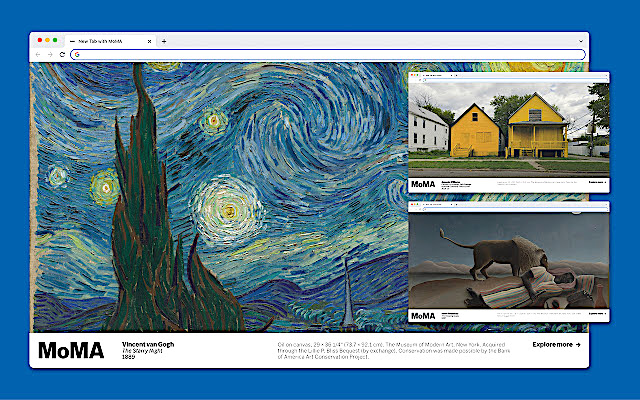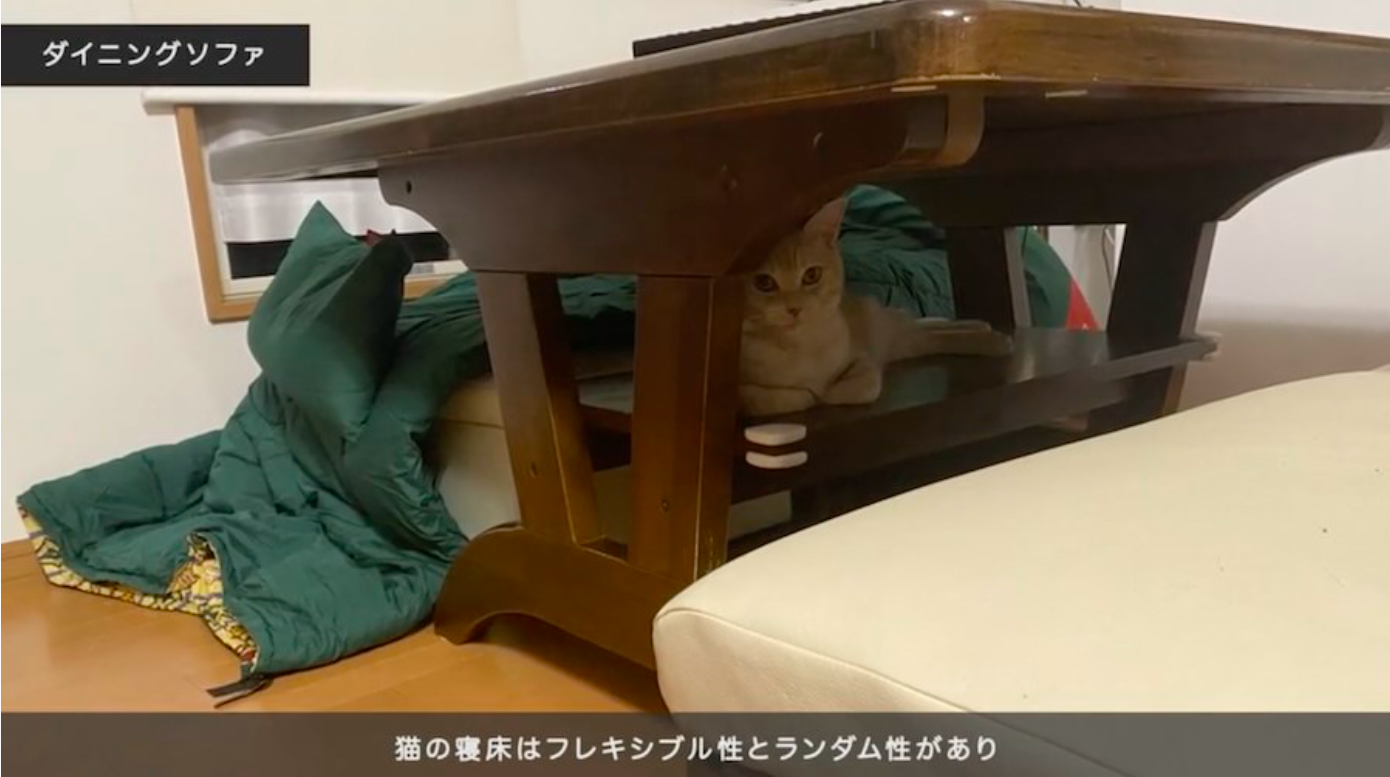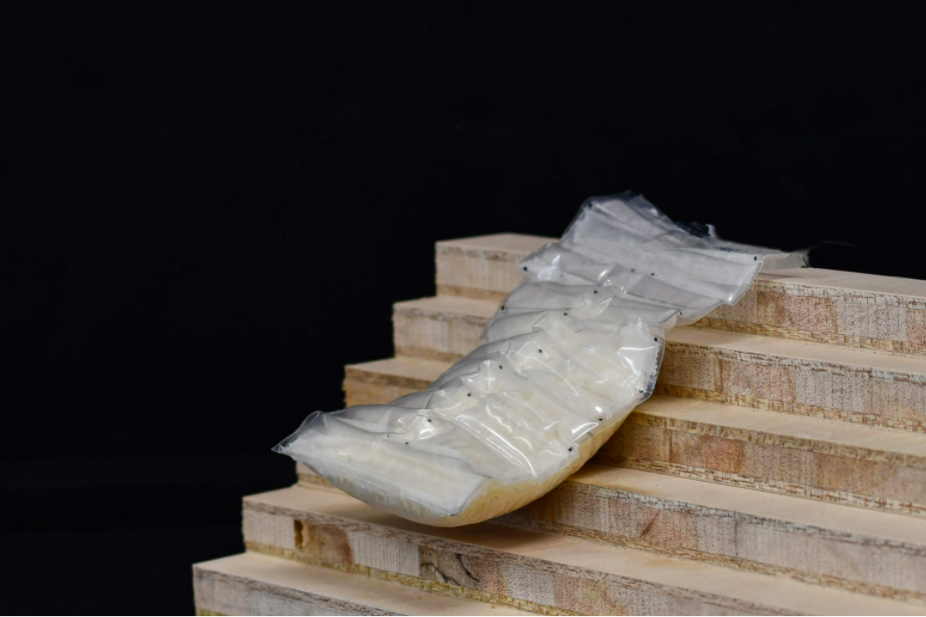If you’re going to back Dave Grohl behind the drums, well…. As so many have said, in so many ways over the weekend, in poignant tributes to Foo Fighters’ drummer Taylor Hawkins, who sadly passed away at age 50 on Friday — you’d better be damned good. As the Foo Fighters formed with Grohl on guitar and vocals, the former Nirvana drummer, now frontman “needed someone who would not make fans keep wishing he had stuck with drums,” as NBC’s Daniel Arkin writes.
Grohl almost did stick with drums, at least in the studio, recording the parts himself for the band’s first album, The Colour and the Shape, after conflicts with original drummer William Goldsmith. Hawkins was the touring drummer for Alanis Morissette at the time — a much bigger act than Foo Fighters in the late 90s. But the two kept bumping into each other “back stage at festivals around the world,” as Grohl wrote in his 2021 autobiography, The Storyteller: Tales of Life and Music. “Our chemistry was so obvious that even Alanis herself once asked him, ‘What are you going to do when Dave asks you to be his drummer?’ Part Beavis and Butthead, part Dumb and Dumber, we were a hyperactive blur of Parliament Lights and air drumming wherever we went.”
Not only did Hawkins become Grohl’s “best friend and partner in crime” — his blond, bearded doppelgänger behind the drums — but he was a ferocious musician on his terms, collaborating with Brian May, Dennis Wilson, Slash, and members of Jane’s Addiction, forming his own band, Taylor Hawkins and the Coattail Riders, and getting voted “Best Rock Drummer” in a 2005 readers poll by drumming magazine Rhythm. The accolade, if highly subjective, is still highly deserved.
Revisit Hawkins’ greatness above in the BBC Radio 6 Drumming Masterclass above, a nearly hour-long special in which the man himself walks us through his early life, his influences, his drumming techniques, and his behind-the-scenes experiences playing with Morissette and Dave “Steve Miller on steroids” Grohl. It’s an essential watch for fans and perhaps one of the best ways to remember the only drummer who could successfully back Nirvana’s former drummer for over two decades. He will be dearly missed for far longer than that.
Related Content:
Dave Grohl Tells the Story of How He Wrote “Everlong”
Josh Jones is a writer and musician based in Durham, NC. Follow him at @jdmagness











